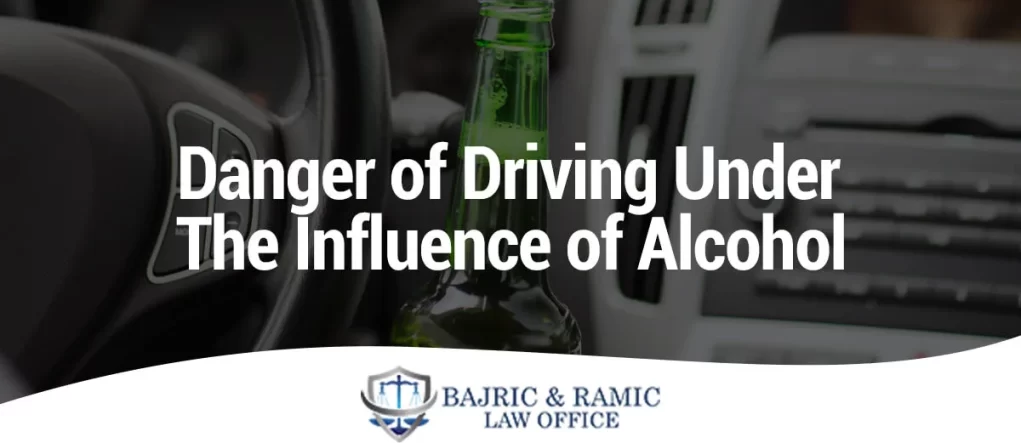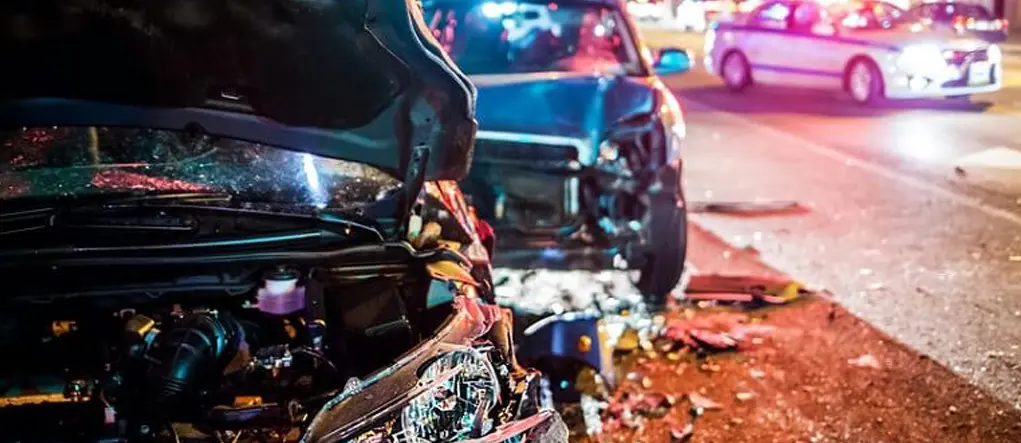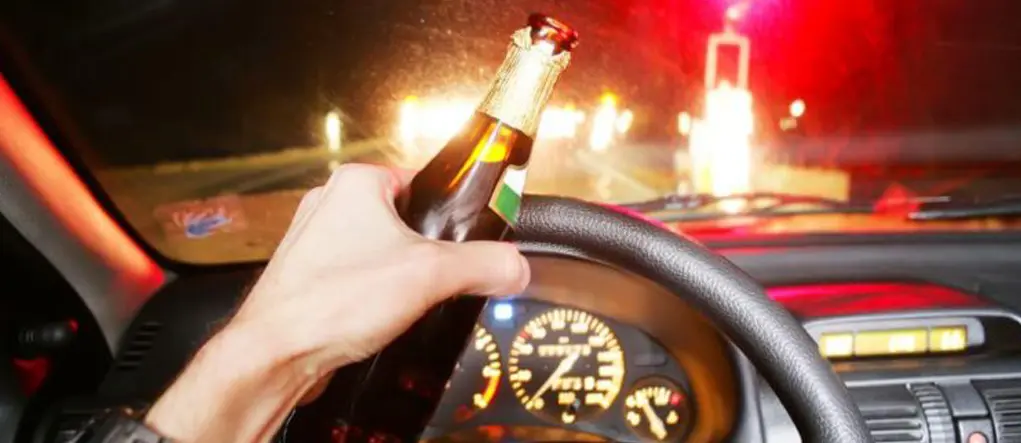Danger of Driving Under The Influence of Alcohol

The latest statistics show a continuous trend of increasing alcoholism and driving under the influence of alcohol. This negative trend is followed by the whole world, as well as an increasing number of road users who drive a motor vehicle under the influence of alcohol, which often causes unadjusted speed. You need to know that driving is a complex skill that requires the driver to receive complete information about the condition of the road, analysis and appropriate response in accordance with the learned skill, psychomotor condition and applicable traffic regulations.
Drunk driving
When it comes to traffic accidents with fatal consequences, out of 1,000 accidents, 140 involved drivers with illicit effects of alcohol. At the same time, when traffic controls are being done, out of 1,000 stopped drivers, six of them are under the unsafe influence of alcohol. So, the percentage of drunk drivers in traffic is 0.6 percent. However, they cause 14% of fatal traffic accidents. The Traffic Law stipulates that a driver must not drive a vehicle on the road or start driving if he is under the influence of psychoactive substances and / or alcohol, or if he has more than 0.20 mg / ml (or g / L or per mille). blood alcohol. It is especially worrying that young drivers are much more likely to participate in traffic accidents under the influence of alcohol than others.

Degrees of drunkenness (alcoholism) of drivers
Mild alcoholism: up to 0.2 mg / ml (per mille), Moderate alcoholism: more than 0.2 to 0.5 mg / ml (per mille), Medium alcohol content: more than 0.5 to 0.8 mg / ml (per mille), High alcohol content: more than 0.8 to 1.2 mg / ml (per mille), Severe alcoholism: more than 1.20 to 1.60 mg / ml (per mille), Very severe alcoholism: more than 1.60 to 2.00 mg / ml (per mille), Total alcohol content (characterized as “violent driving”): more than 2.00 mg / ml (per mille)
The effect of alcohol on the ability of the driver

Alcohol leads to a decrease in the psychophysical ability to drive a vehicle, drivers under the influence of alcohol are not aware of how much their speed of reaction, ability to make decisions and assess situations is reduced, and all senses are weakened, which increases the risk of accidents. Alcohol affects the brain and driving skills as follows: Poor situation and risk assessment.
Decreased concentration. Poor distance estimation. Reduced field of view. Reduced coordination of movements and reflexes. Longer reaction times.
Visit our website.
Schedule Your Consultation Today
Fields marked with an * are required
"*" indicates required fields


